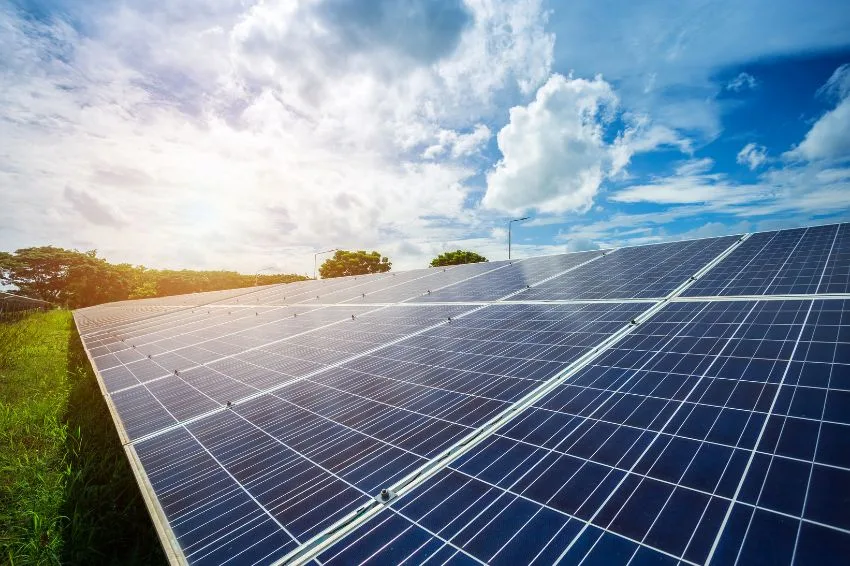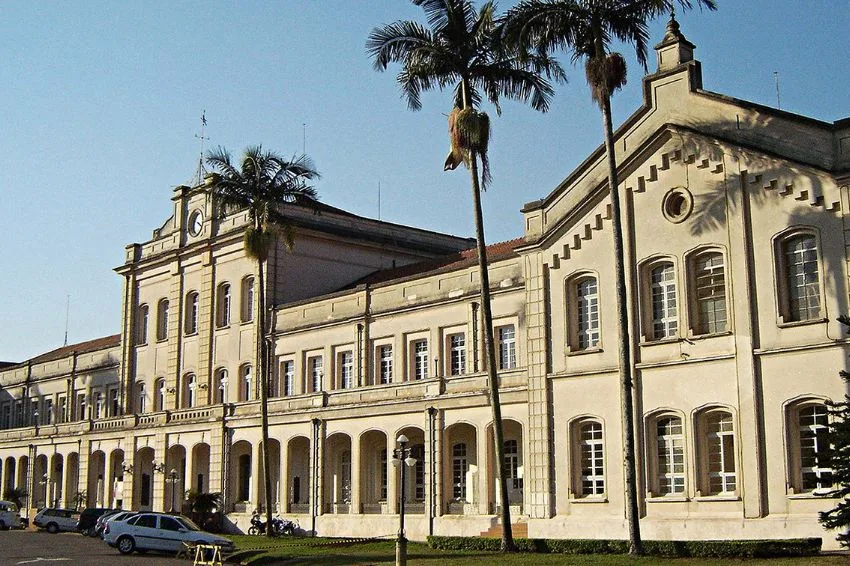Brazil recorded, in the month of February, a consumption of 73,467 average MW – a growth of 5.7% compared to the same period last year, according to a preview of the Fortnightly InfoMercado Newsletter of the CCEE (Electricity Trading Chamber).
According to the research, the growth in the period was due to high temperatures that drive the excessive use of fans and air conditioning devices, and also to the good performance of some branches of economic activity, which produced more and consequently used more electricity.
Total consumption was 46,587 average MW, which were supplied to the regulated market, which supplies homes and small businesses, an increase of 6.9% in the annual comparison.
The remainder, 26,880 average MW, was used by industry and companies that buy their energy on the free market, an increase of 3.6%.
Consumption by branch of economic activity
“Among the 15 sectors with consumption monitored by the Chamber of Commerce in the free market, in February and in comparison with the same period last year, the highest growth rates were observed in the sectors of Beverages (8.6%), Commerce (7. 8%) and Wood, Paper and Cellulose (6.9%)”, stated the CCEE.
In commerce, there is also the entry of new consumers into the free environment and the more intense use of refrigeration equipment, especially in the shopping malls, hypermarkets and supermarkets segments.
Only three sectors saw a decline in energy demand: Telecommunications (-2.7%), non-metallic minerals (-0.3%) and the vehicle manufacturing sector (-0.1%).
Consumption by region
According to CCEE data, most states connected to the SIN (National Interconnected System) saw an increase in consumption during the month of February.
In the annual comparison, the highest rates were recorded in Amazonas (28.4%), Acre (16.9%) and Mato Grosso do Sul (14.4%), as shown in the graph below. Only Bahia (-1%) and the Federal District (-2.8%) saw a drop in consumption, driven by milder temperatures and a greater volume of rain compared to the previous year.
Power generation
Hydroelectric production grew by 6% in January, delivering more than 58 thousand average megawatts to the SIN.
The period was also positive for solar farms, which supplied almost 3,000 average MW to the grid, a volume 41% higher in the annual comparison.
On the other hand, wind farms lost 5.7%, but still produced a considerable volume of electricity: more than 9 thousand average MW. Thermoelectric plants generated more than 6.4 thousand average MW, an increase of 30.3%.




















